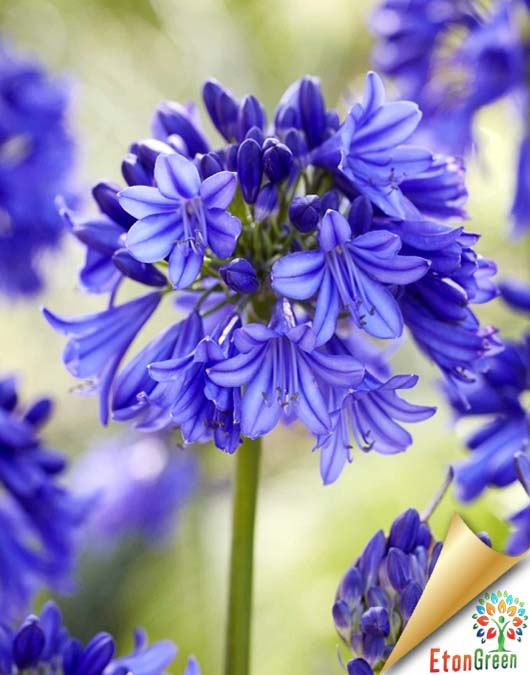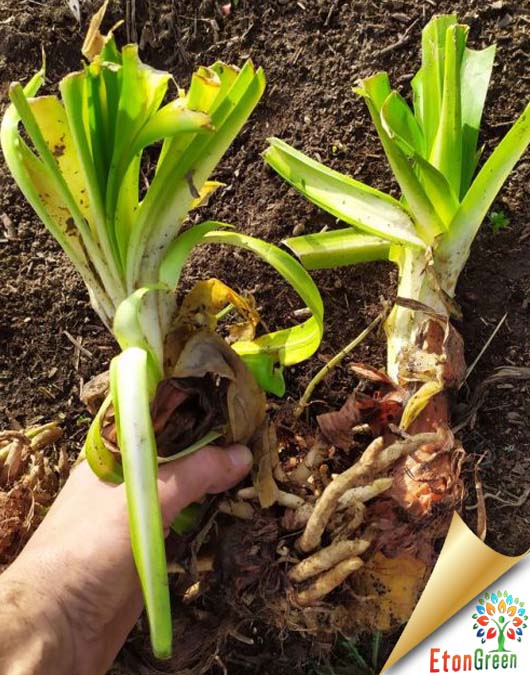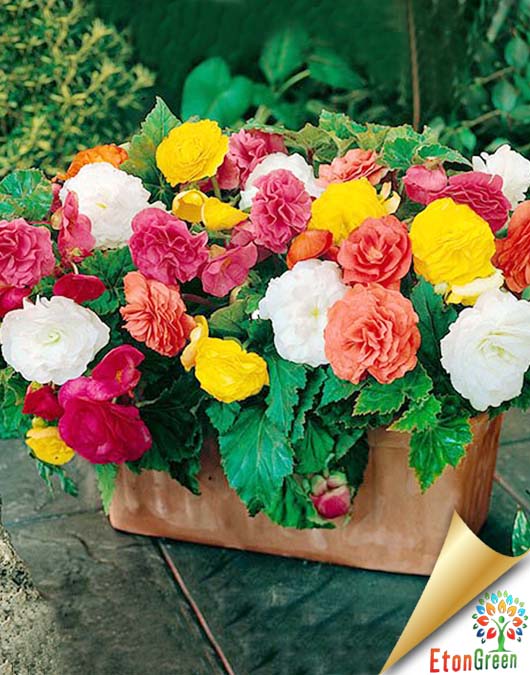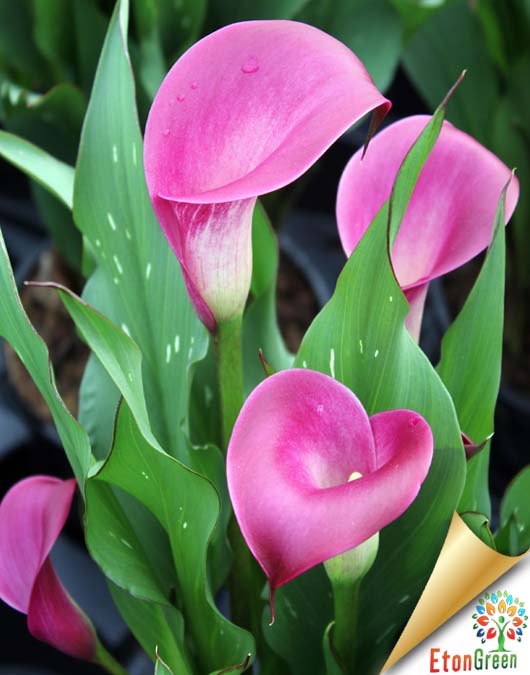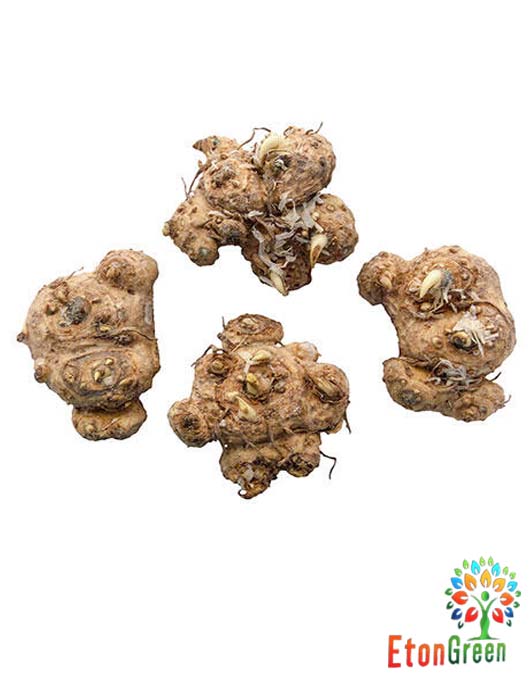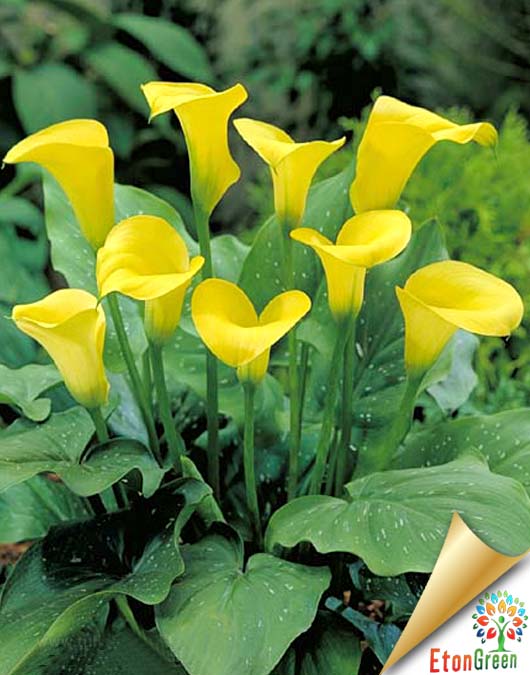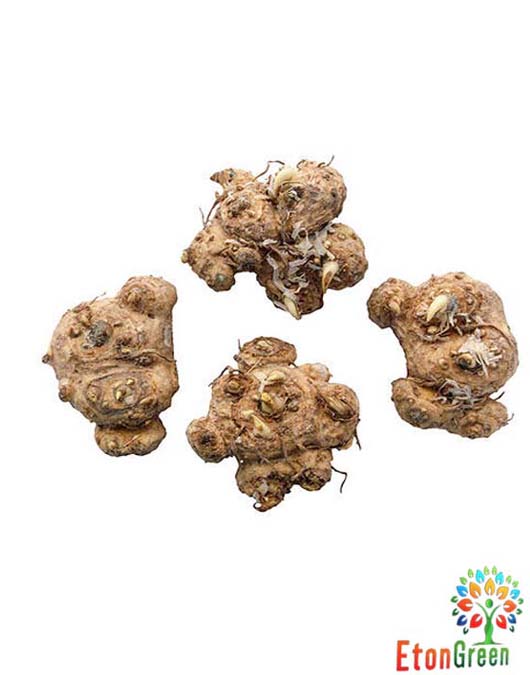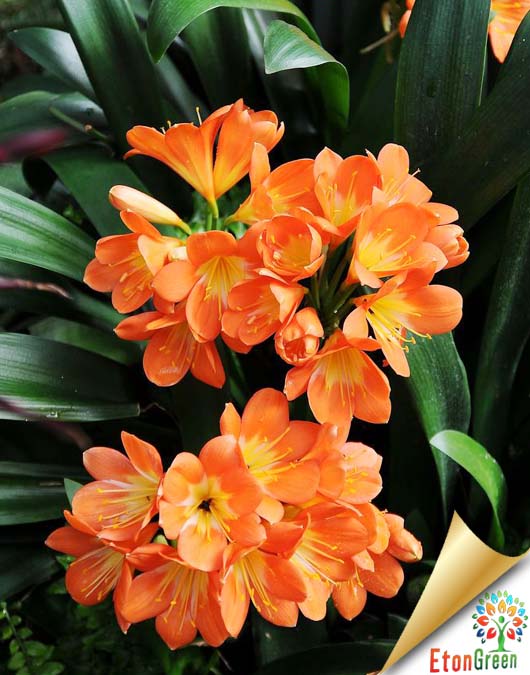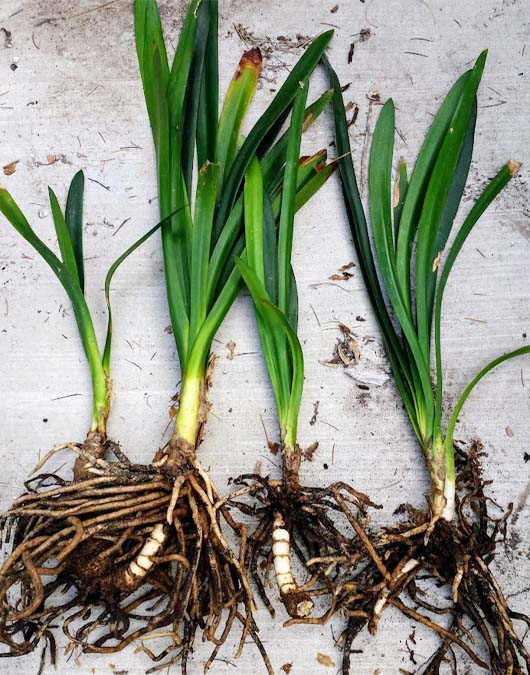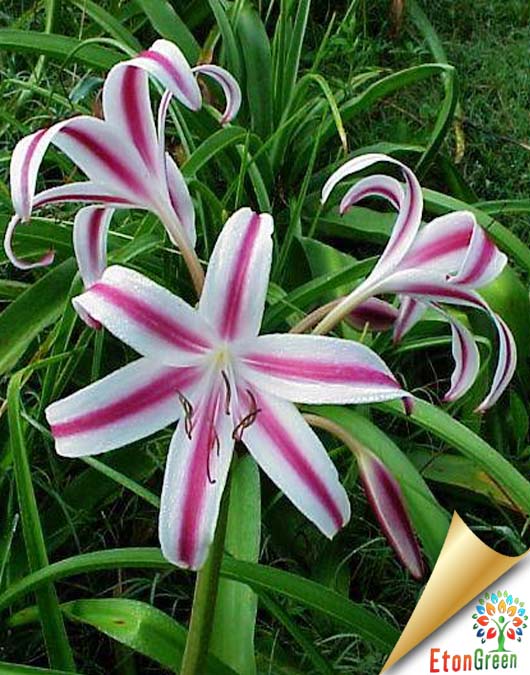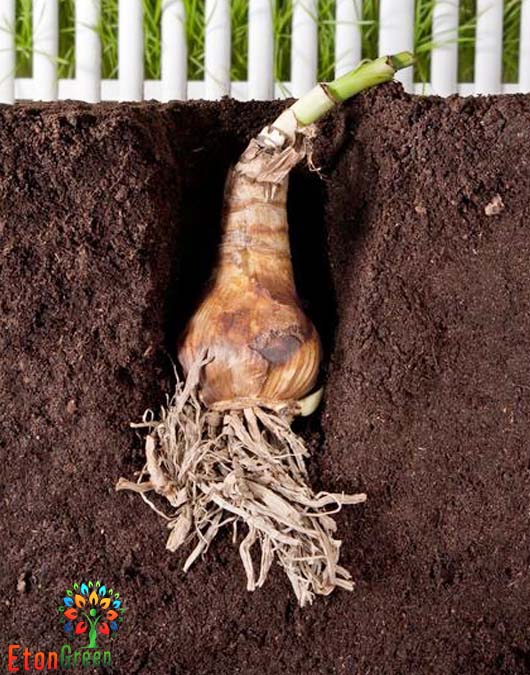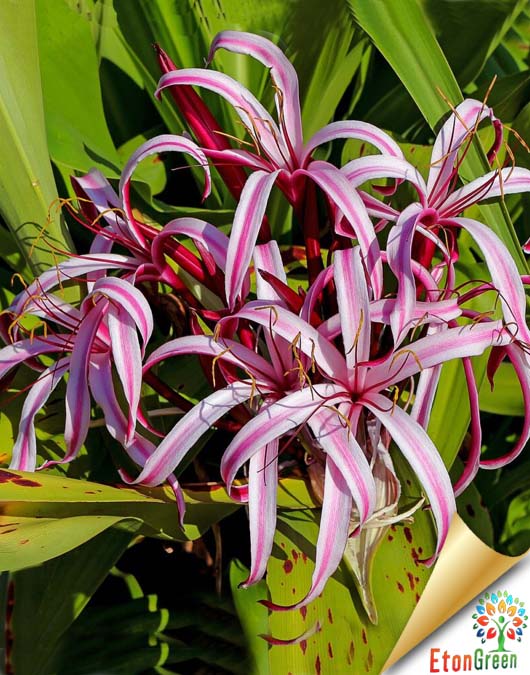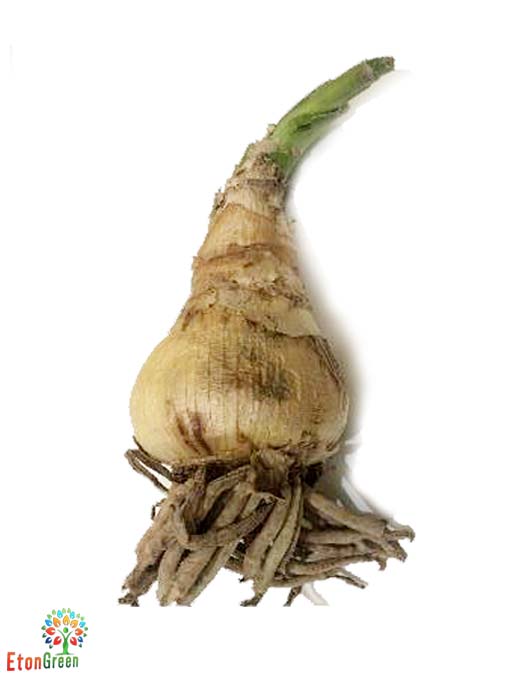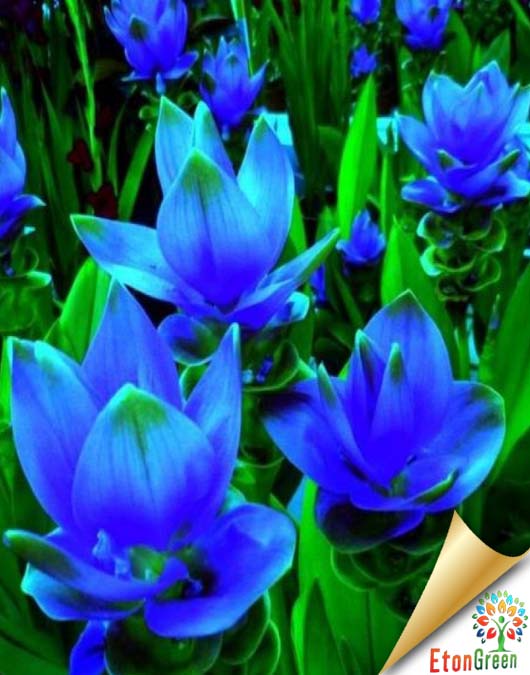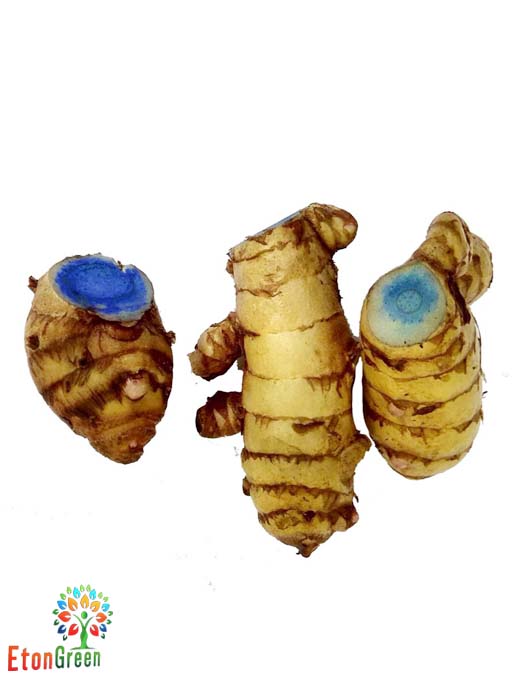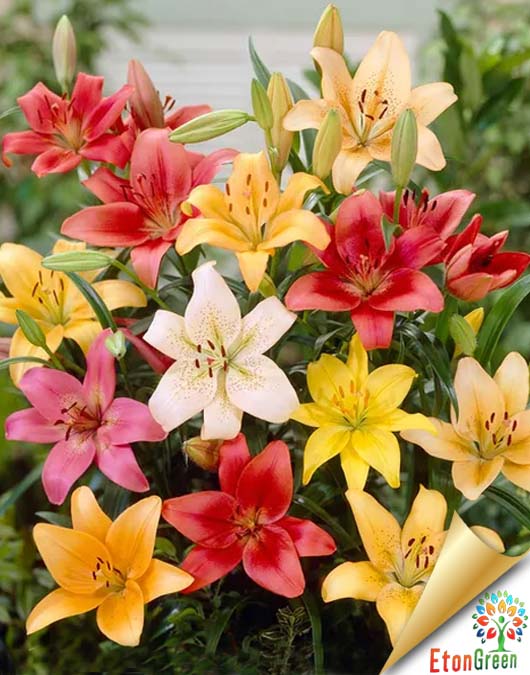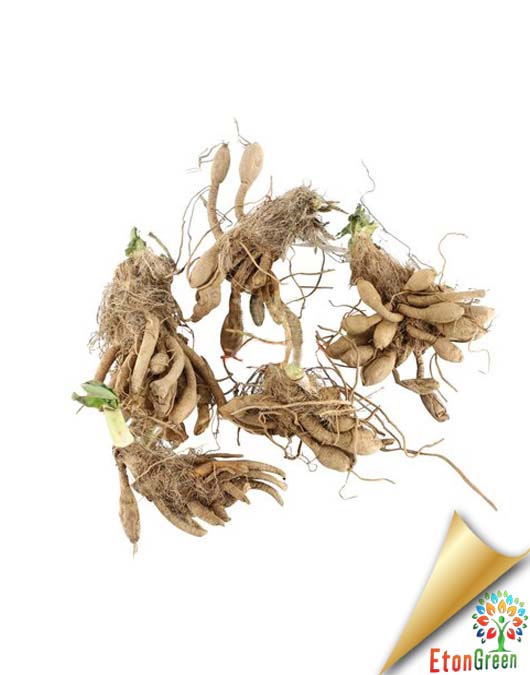- Shipping charge ₹ 90 for entire order
- Is it a bulb? Is it a root? No, it’s a begonia—technically a “tuber”—that produces some of the most brilliant blooms in any late-season garden! A very versatile and colorful species, Begonias can be planted in pots, window boxes, the ground, or just about anywhere in either sun or shade.
- Tuberous begonias are popular all over the world. Not only do they have attractive flowers, but their foliage can be quite interesting, too. They can brighten up both your indoor and outdoor gardens.
- Begonia Tuberous Double make your garden look very beautiful as they start blooming in month April. The utterly captivating fragrance of fresh Begonia is hard to beat in a garden.
- Simply plant the bulbs 20cm deep and wait for these lovely Summer blooming perennials to give you a pleasing look.
- Well drained – light, sandy, clay- heavy, moist chalky, alkaline, acidic soil.
- Shipping charge ₹ 90 for entire order
- Calla Lilies make fantastic container and landscape plants, Speckled foliage and gorgeous blooms add a touch of elegance wherever they go, and despite their graceful appearance, they’re remarkably easy to grow.
- Delicate and elegant, our Pink Melody Calla strikes the perfect note to bring harmony to any garden. This plant makes a bold statement with color gradients that start with white, dip into rich pink, and then finish with pale green at the eye. Its large size makes it ideal for prominent positions in the garden. Tall and floriferous, with strong stems that beg to be used for cut flower arrangements.
- Calla lily is easy to grow and add a classy look to perennial gardens, cutting gardens and container plantings.
- Calla lilies grow well in pots and planters. They can be mixed with other annuals, but usually perform better in a pot on their own. The flowers last for weeks.
- Shipping charge ₹ 90 for entire order
- Pick these easy-to-grow varieties for the best blooms. It is a rhizomatous herbaceous perennial plant, evergreen where rainfall and temperatures are adequate.
- It has large clumps of broad, arrow shaped dark green leaves up to 45 cm long.
- The inflorescences are large and are produced in spring, summer and autumn, with a pure white spathe up to 25 cm and a yellow spadix. The spadix produces a faint, sweet fragrance.
- Dig up the rhizomes in autumn, usually after the first frost and store for winter.
- Dig a hole about three times as deep as the height of the bulb.
- Set the bulb in the hole, pointy end up, then cover with soil and press firmly
- Space bulbs 8 to 10 inches apart
- Water thoroughly after planting
- Use the potting mix for bulb plantation as Garden soil + Compost + Perlite + Sand (2:2:1:1) Soil + Cocopeat + vermicomposting (2:1:2)
- Keep them adequately fertilized and watered, misting the plant every so often to keep the ambient humidity high
- They are susceptible to aphids so, take a look closely and apply insecticide.
- Shipping charge ₹ 90 for entire order
- Its flowers are red, orange or yellow, sometimes with a faint, but very sweet perfume.
- Clivias are herbaceous plants with long, slender green leaves. The flowers, which can be yellow, orange or red, grow as individual blooms on the tip of an umbel, which stands as a hardy stalk above the green foliage below.
- These flowers have a bell shape to them and make for beautiful additions to a flower arrangement. Clivias do not form bulbs, but they do produce berries as fruits. It grows to a height of about 45 cm (18 in), and flowers are red, orange or yellow, sometimes with a faint, but very sweet perfume. It is sometimes known in cultivation as “Kaffir lily” (a term considered offensive in South Africa). The same name is also applied to the genus Hesperantha. It contains small amounts of lycorine, making it poisonous.
-
Sunlight These plants do best as part-time outdoor plants, spending the summers outside in a shady spot with no direct sunlight. Bring them in during the winter rest period and keep in a lit but cool location. Watering Suspend water during the winter and resume again in the late winter or early spring. Soil A standard potting mix should be fine. Temperature With a minimum temperature of 10 C (50 F) Fertilizer During the growing season, fertilize every week with a weak liquid fertilizer. It also works to include controlled-release fertilizer pellets in the soil.
Clivia is the ideal plant for the shade garden or for containers. It purifies the air.
- One adult plant can absorb one liter of impure air and release 80% of oxygen overnight
- It performs photosynthesis under very weak light
- 3-4 plants are enough in a room for absorbing smoke and other contaminants
Caution
All parts of the plant are slightly poisonous. Hence, the pot should never be placed within reach of small children and pets.
- Shipping charge ₹ 90 for entire order
- Crinum lilies are large, heat and moisture loving plants, producing an abundant array of showy flowers in summer.
- Lilly like their soil rich, but exceptionally well-drained, so ideally create a mix from one part well-rotted manure, one part horticultural grit or sand, and two parts leaf mould. Two-thirds good compost mixed with one-third grit also does fine.
-
Crinum Planting Procedure:
- Each bulb needs to be planted right side up
- The more pointed end is considered the top
- Plant each bulb in a hole that is just deep enough that its neck is protruding from the soil and the bottom of the bulb is covered in soil
- Covering the entire bulb with soil and planting too deep discourages flowering
- Space bulbs at least 8 inches apart and water the planting site or container well after planting
- Plant the bulb, or place the potted bulb in a warm place with direct light since heat is necessary for the development of the stems.
- Shipping charge ₹ 90 for entire order
- Crinum lilies (Crinum spp.) are large, heat and moisture loving plants, producing an abundant array of showy flowers in summer.
- This crinum typically blooms in July, with slender-petaled, fragrant white flower that is highlighted with long, wine red stamens. They are unusual, looking like nothing else in the garden. Crinum leaves are basal, typically long and strap-shaped.
-
Planting And Care
- Protect from winter wet
- Generally disease and pest free
- In fall before the first frost, dig dry and store bulbs for winter in a cool, frost-free location in a medium such as peat or vermiculite that is given minimal moisture
Crinum Lily Care
- Plant 10 cm deep in any moderately fertile, moist but well-drained soil
- Bulbs should not sit in water, the soil should drain well
- Plant the large bulbs in full sun or filtered light in early spring
- Each bulb needs to be planted right side up
- The more pointed end is considered the top
- Plant each bulb in a hole that is just deep enough that its neck is protruding from the soil and the bottom of the bulb is covered in soil
- Covering the entire bulb with soil and planting too deep discourages flowering
- Space bulbs at least 8 inches apart and water the planting site or container well after planting
- Shipping charge ₹ 90 for entire order
- Despite its name, it is not related to the tulip, but to the various ginger species such as turmeric. It can grow as an indoor plant and is also sold as a cut flower.
- Inflorescences, stems, and leaves of this plant resemble the flowers, stems, and leaves of tulips, hence the common name. The true flowers are seen only if they curl around the bracts edges.
- Each inflorescence appears atop a rigid, reed-like stem that grows to 2 inches tall from a clump of narrow, lance-shaped, dark green leaves
-
Curcuma Planting Procedure:
- Plant rhizomes in spring after last frost date in organically rich, medium moisture, well-drained soils in full sun to part shade
- Plant rhizomes outdoors in spring
- Plant them at a depth of 4 inches
- Plants may also be grown in containers that should be overwintered indoors in the pots in a cool dry location with minimal moisture
- Shipping charge ₹ 90 for entire order
- A daylily or day lily is a flowering plant in the genus Hemerocallis, a member of the family Asphodelaceae, subfamily Hemerocallidoideae. Despite the common name, it is not in fact a lily. Gardening enthusiasts and horticulturists have long bred daylily species for their attractive flowers.
- When it comes to plants that look simply stunning but are actually tough as nails, Daylilies are the first to come to mind! Also known as Hemerocallis, these happy bloomers are among the most popular and easiest perennial plants to grow in the sunny garden. Hardy throughout the country, Daylilies require minimal care to produce abundant blooms in a spectacular array of colors and forms
- Plant your Daylilies in the ground in well-draining soil or containers with adequate drainage holes. If you notice water puddles in your outdoor location 5–6 hours after a hard rain, scout out another site or amend the soil with organic material. Site your plants where they will receive full sunlight or light shade in warmer climates.
- Feel free to cut flowers while in bloom for bouquets and other arrangements, as this will not hurt the plants. While Daylily blooms last only a single day, choosing stems with several large buds will provide a few consecutive days of cut flowers.
- Allow your Daylilies to rest for a few months before beginning the next growing cycle.
- Mulch newly planted Daylilies to help manage freezing and thawing soils.
- Amend the soil with compost, finely ground bark, or decomposed manure to raise the level 2″–3″ to improve the drainage. Daylilies appreciate an average amount of moisture but will not survive in waterlogged soil.
- Plant immediately as Daylily roots will dry up if left out of the ground for too long.
- Expect new top growth to form just a few weeks after planting, with speed depending on the amount of available warmth and moisture.

